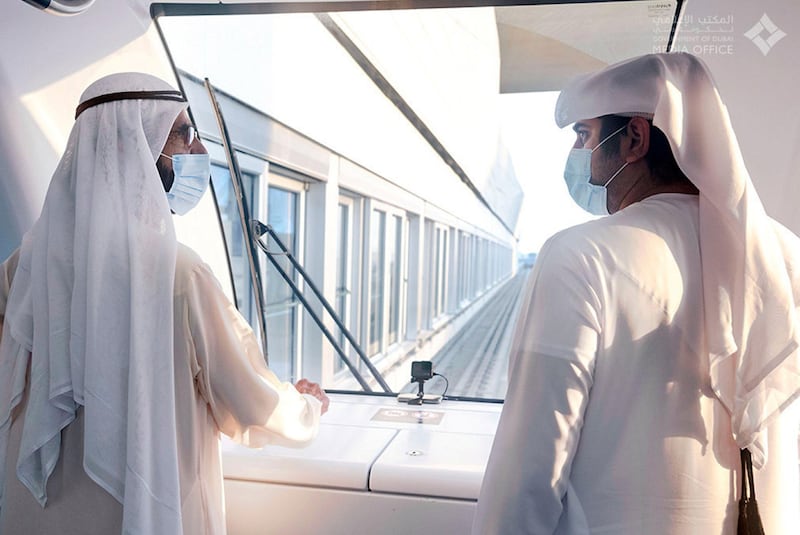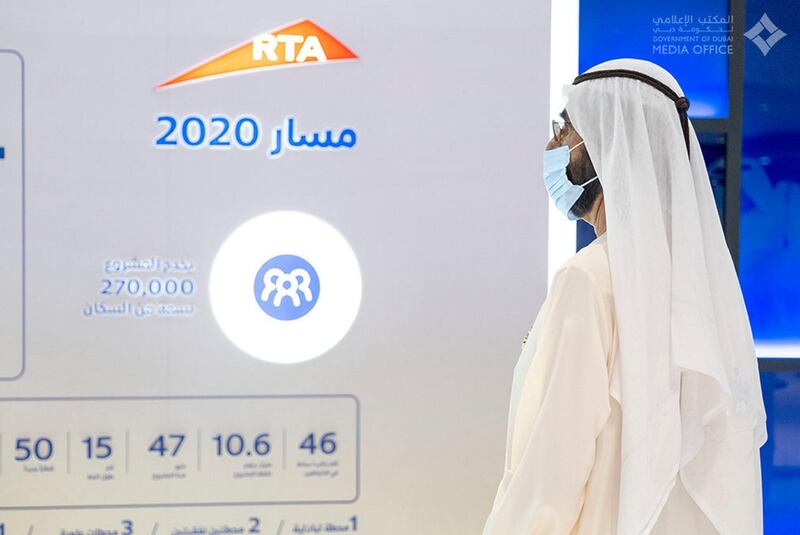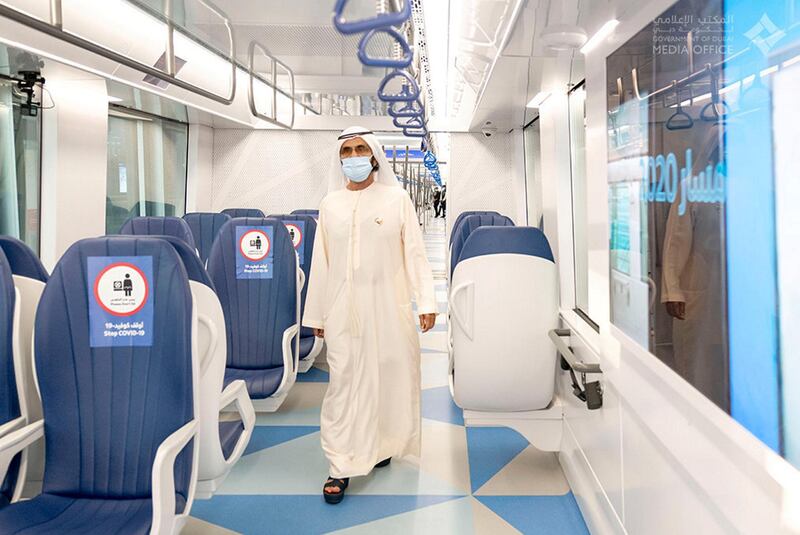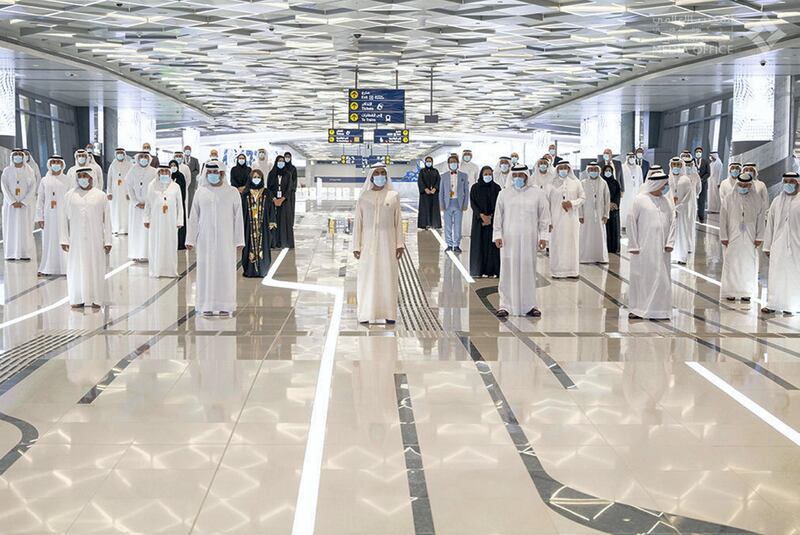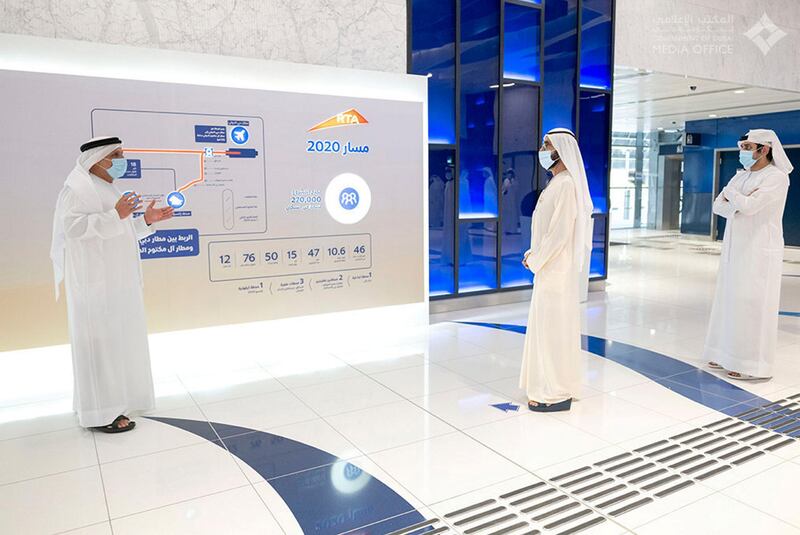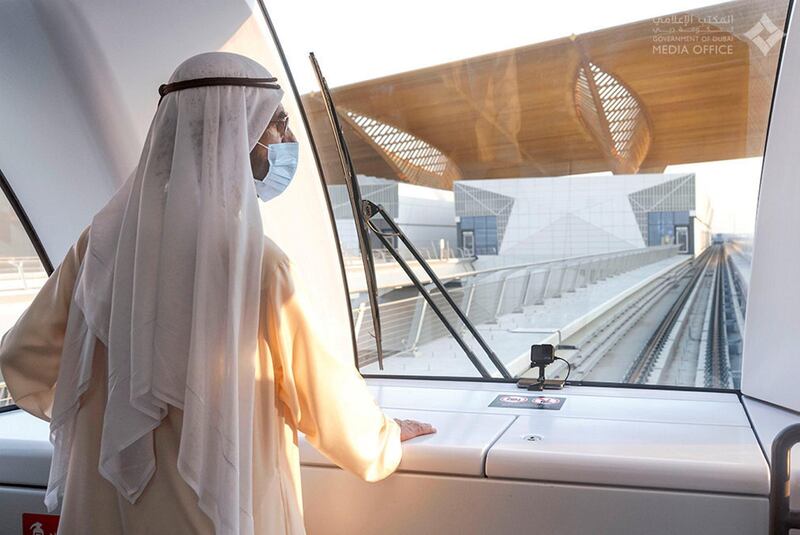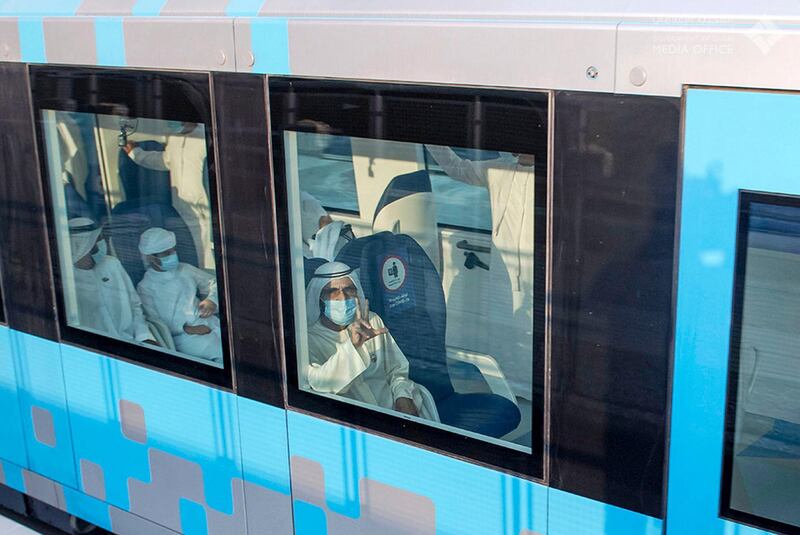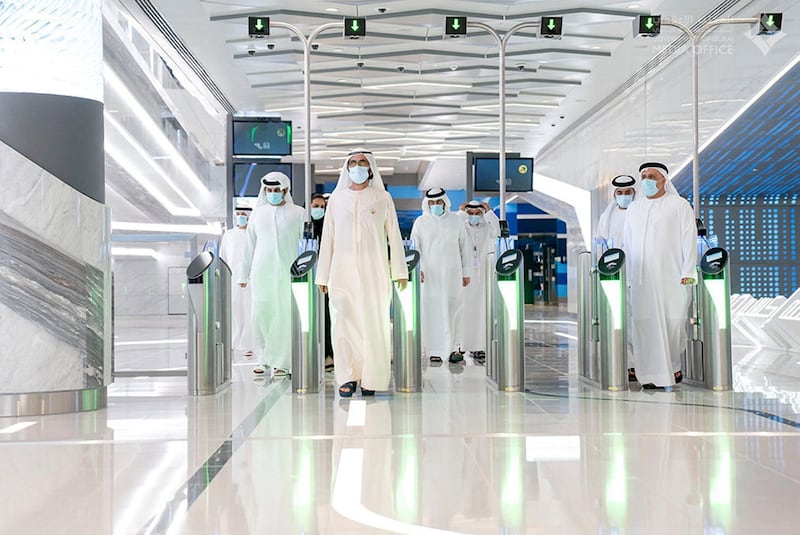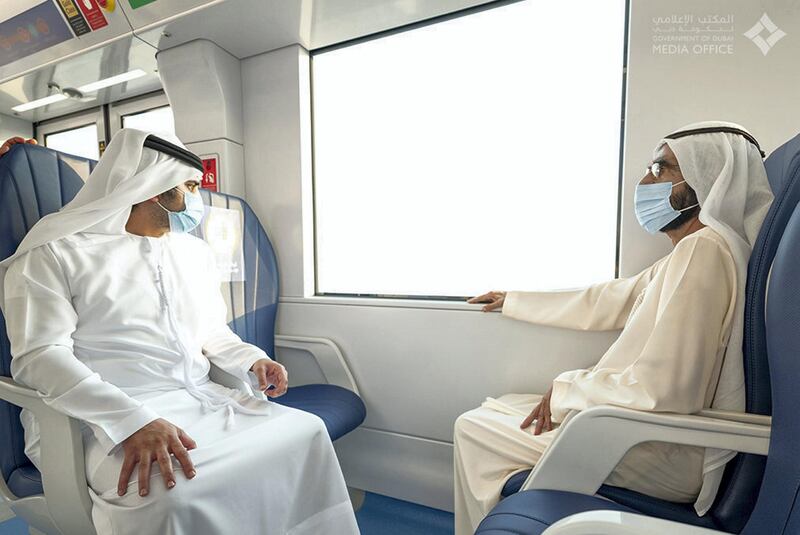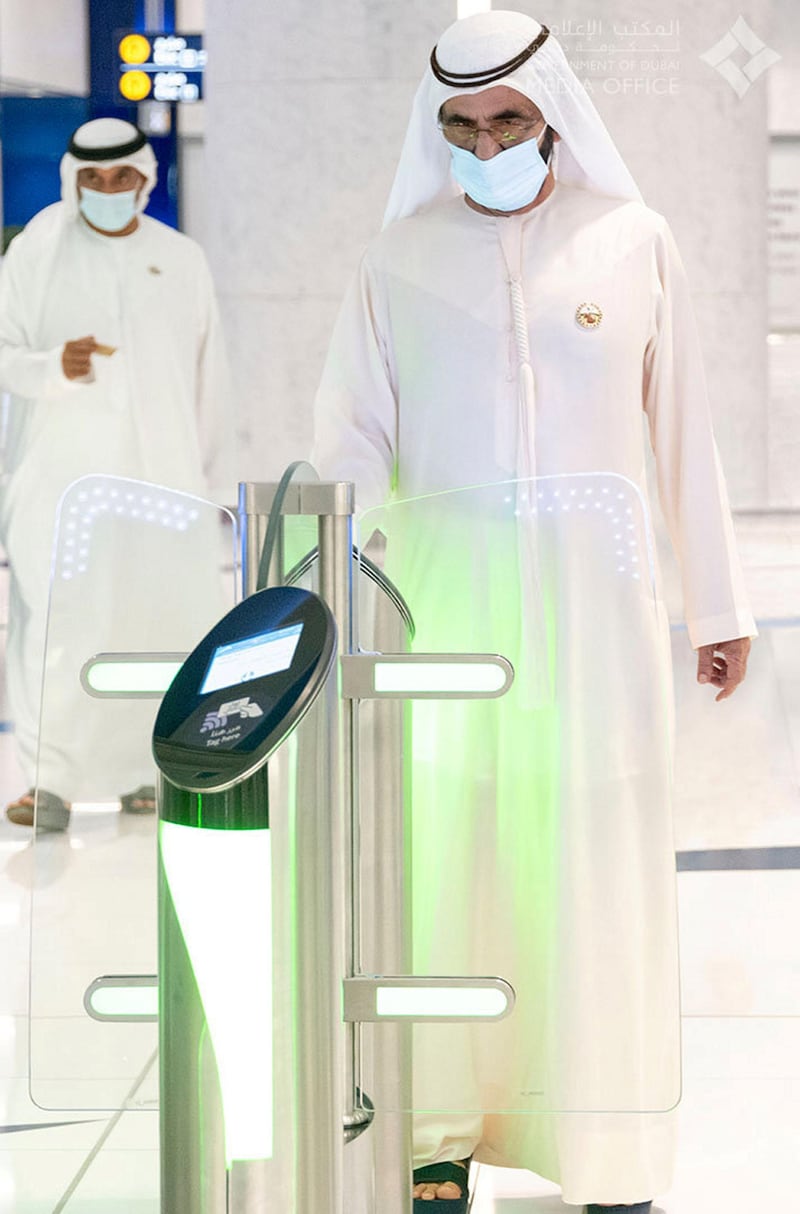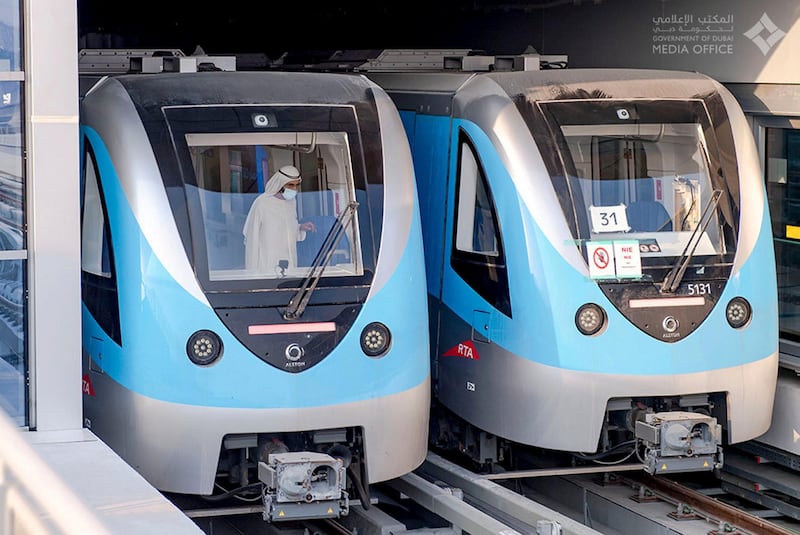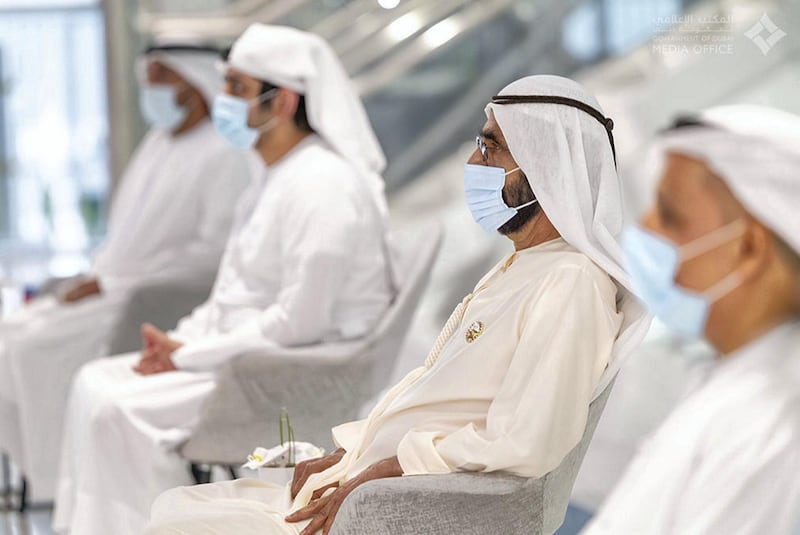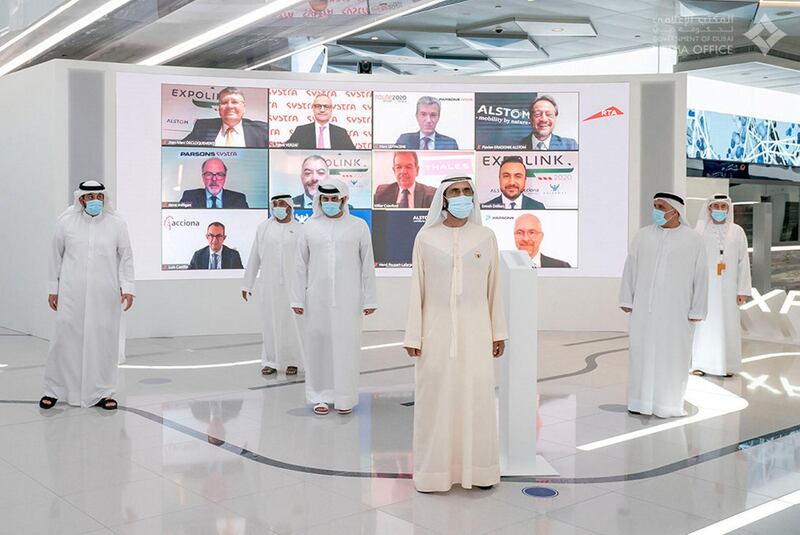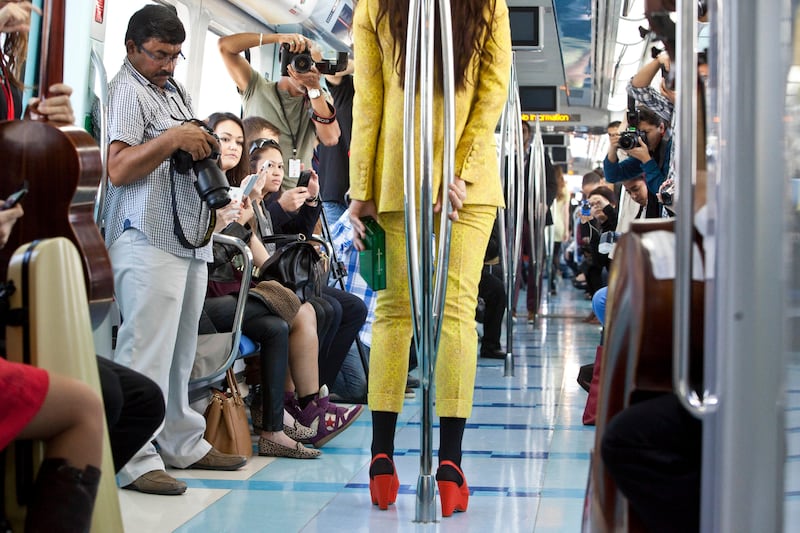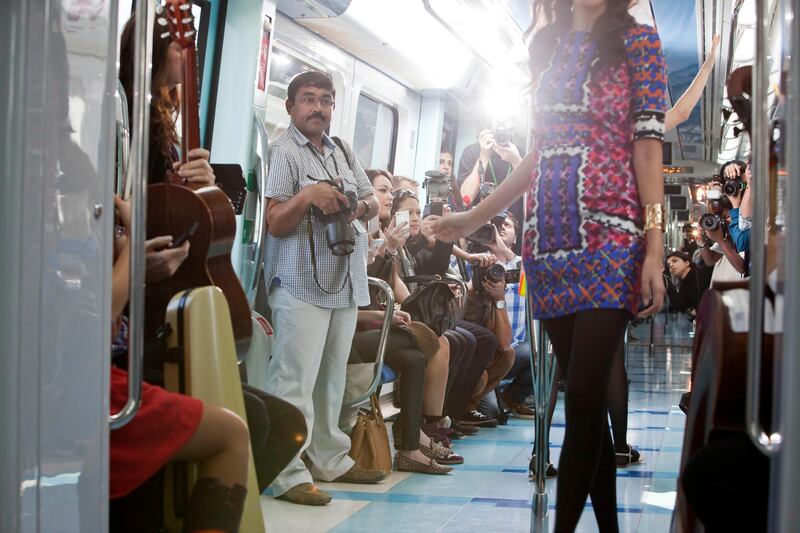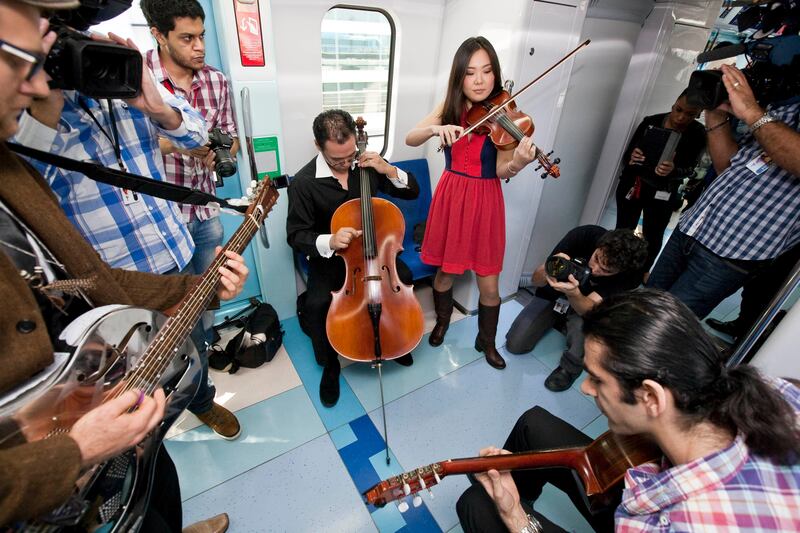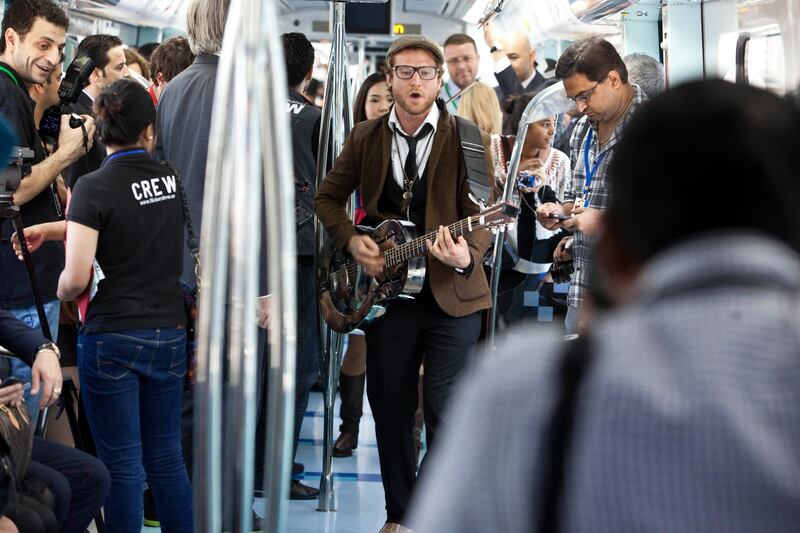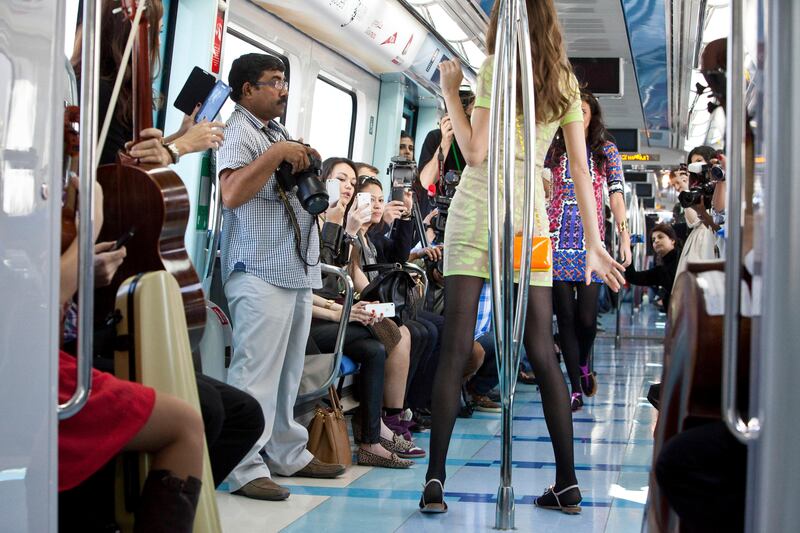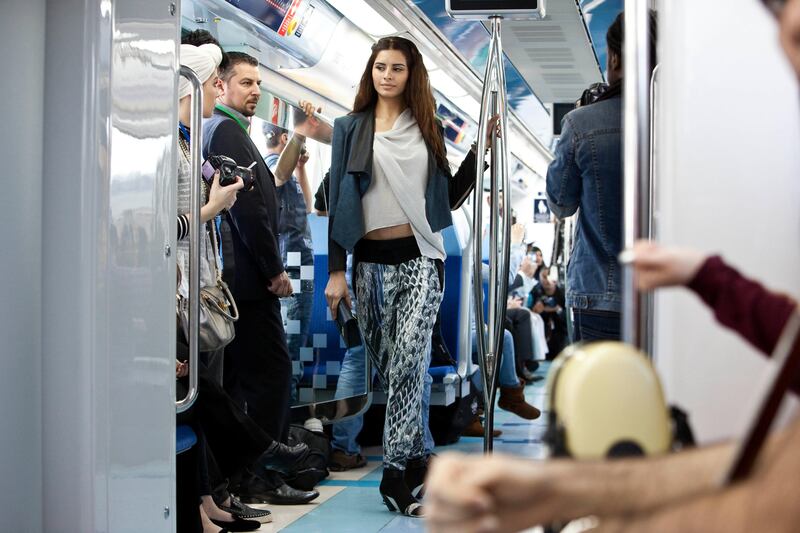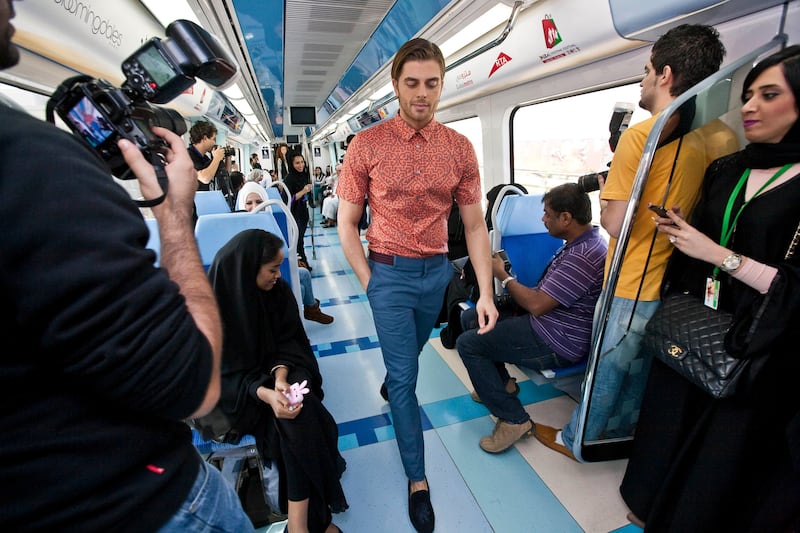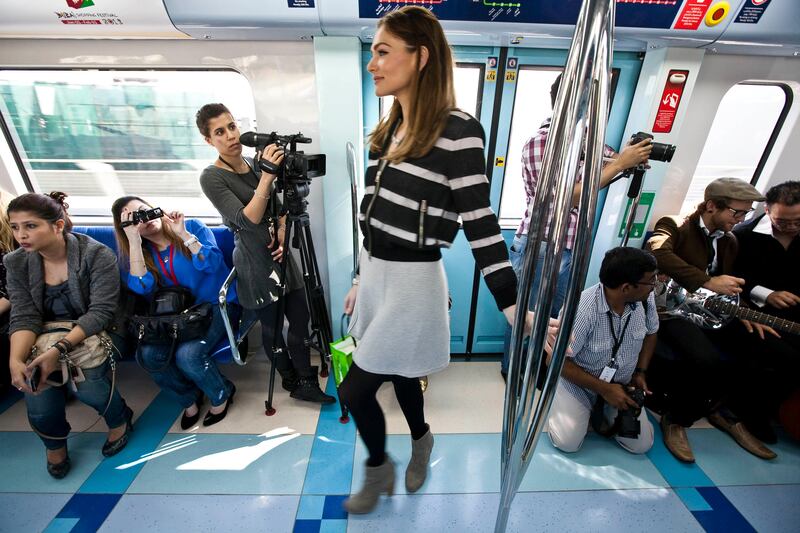Read also: Dubai Metro - 12 fun facts to celebrate 12 years
Dubai's new Metro operator, Keolis, has taken over responsibility of the service on the 12th anniversary of its opening.
The driverless transport link has two lines − Green, which travels through Deira and Bur Dubai, and Red, which was extended this year, and connects Rashidiya with Jebel Ali and the Expo 2020 site.
Over the past 12 years, 1.7 billion passengers have used the service and Keolis's chief executive Bernard Tabary said his aim is to encourage more people to choose public transport.
"Our focus behind the scenes is how do we enhance customer friendliness, how do we make people delighted to be on this network, how do we make them see this as an opportunity to get rid of their first car or their second car," Mr Tabary said in an interview with the radio station Dubai Eye.
"Dubai has invested so much in public transportation, you can ride, take a bus, take a shuttle, you can go around, really, without needing a car."
The first phase of the Metro cost Dh28 billion, and opened at 9:09:09pm on September 9, 2009, by Sheikh Mohammed bin Rashid, Vice President and Ruler of Dubai. It was the first urban train network in the Arabian Peninsula, and more than 280,000 passengers used the Dubai Metro during its first week of operation.
Since then daily users have risen to more than 600,000 a day. And 99.7 per cent of services run on time.
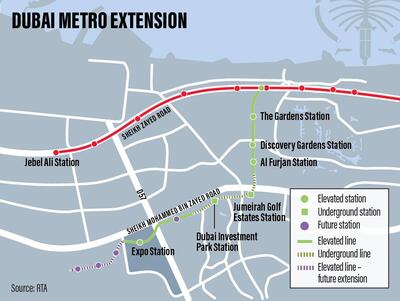
Keolis's contract with Dubai's Roads and Transport Authority (RTA) is for 15 years – nine base years and six years up for renewal – and amounts to approximately Dh542 million a year.
The experienced rail operator will take over from the British company Serco, and run the system in partnership with Mitsubishi Heavy Industries Engineering and Mitsubishi Corporation.
Mr Tabary said the biggest challenge when running a rail service in Dubai was the climate.
"The metro system is now 12 years old, so it is going into its teenage years, which is a period of life where things change.
"The rolling stock of course will start to age and and the conditions in Dubai – the heat, wind, sand and dust can be harsh on the equipment.
"It's our challenge to ensure that this rolling stock, its air conditioning, its doors, its tracks are well maintained, and move into the next 15 years without the passengers noticing anything."
The extension of the new Red Line – Route 2020 – was inaugurated in July, and will open to the public in September.
The Dh11 billion ($2.99bn) project, which the RTA began almost four years ago, includes 15 kilometres more track and seven new stations.
The line was designed to ensure visitors to Expo 2020 could take public transport, and will continue to serve the legacy site, District 2020, after the World Fair ends in March 2022.
